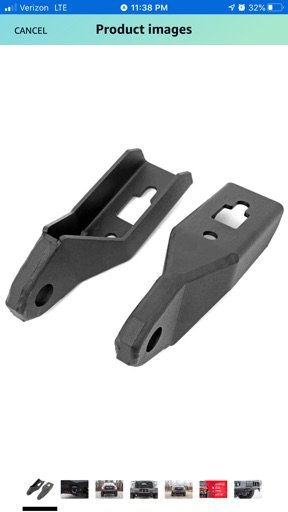
Benefactor
Since one of our core values is: It doesn't matter what you drive, has encouraged many to join this community. I thought I would share a strategy, that can help many, potentially reduce damage to their rig..
Traditional expedition vehicles where often Body on frame construction. The ladder frame provided a very strong location to place recovery points. With so few of these vehicles available In the market. Many have chosen to use a unibody vehicle for Overlanding. For many, this is the ideal vehicle for their use case.
Unibody vehicles do not provide the same robust recovery points that the older vehicles had. One strategy to help reduce the stress on a unibody vehicle, is to rig a bridle between your recovery points. Tree savers, that have very hi ratings, can be used for this purpose.
What you need to rig a bridle:
Two Rated shackles:
See: https://www.overlandbound.com/forums/threads/proper-use-of-straps-and-shackles.8405/
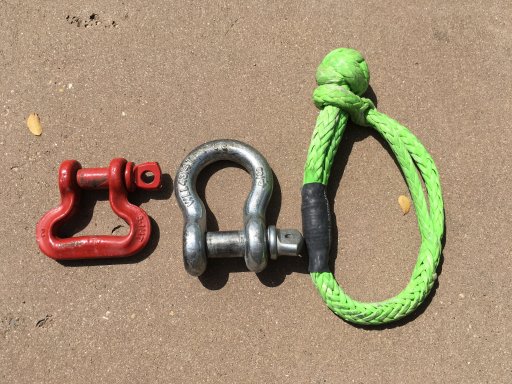
One Rated tree savers:
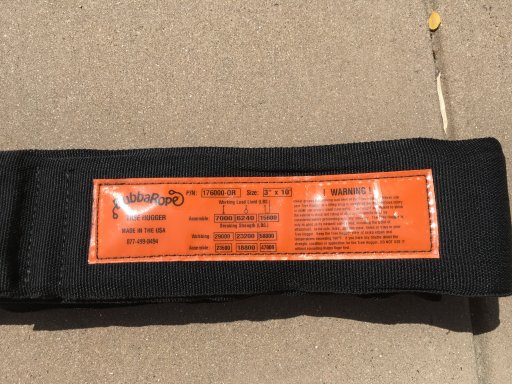
One Recovery trap:
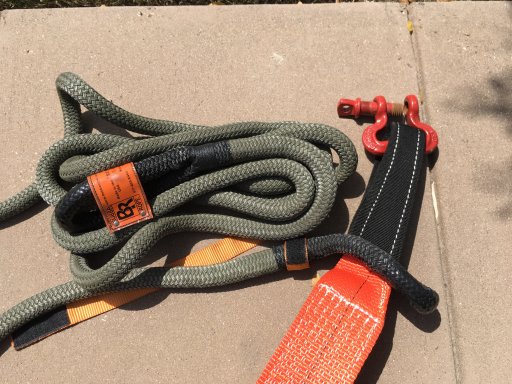
Attach the recovery strap to the bridle,and the bridle to the recovery points on your vehicle
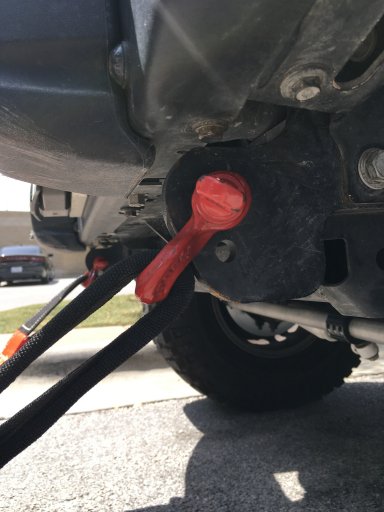
This will give you a distubuted load, and will reduce strain on Unibody vehicles.
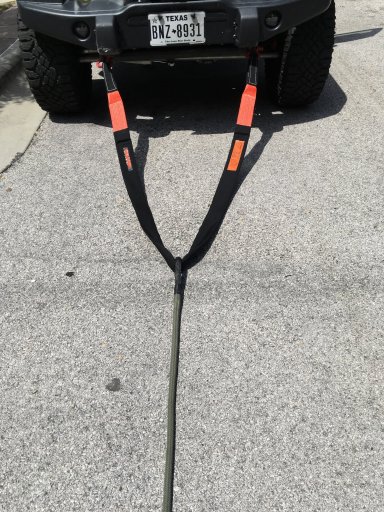
This is the Bridle rigged, ready to be attached to a fellow OB member for recovery.
Remember, that both the person being recovered, and the recovery volunteer must be in agreement on the rigging used. Since you are asking a person to risk potential damage, to their rig if something goes wrong, they get the last word.
Practice all recovery methods in a safe static environments, before you must use them on the trail. Work out the bugs, with your gear, where you can easily make changes. This will reduce problems on the trail.
If you would like to see more recovery strategies, respond to thread, and let me know.
Traditional expedition vehicles where often Body on frame construction. The ladder frame provided a very strong location to place recovery points. With so few of these vehicles available In the market. Many have chosen to use a unibody vehicle for Overlanding. For many, this is the ideal vehicle for their use case.
Unibody vehicles do not provide the same robust recovery points that the older vehicles had. One strategy to help reduce the stress on a unibody vehicle, is to rig a bridle between your recovery points. Tree savers, that have very hi ratings, can be used for this purpose.
What you need to rig a bridle:
Two Rated shackles:
See: https://www.overlandbound.com/forums/threads/proper-use-of-straps-and-shackles.8405/

One Rated tree savers:

One Recovery trap:

Attach the recovery strap to the bridle,and the bridle to the recovery points on your vehicle

This will give you a distubuted load, and will reduce strain on Unibody vehicles.

This is the Bridle rigged, ready to be attached to a fellow OB member for recovery.
Remember, that both the person being recovered, and the recovery volunteer must be in agreement on the rigging used. Since you are asking a person to risk potential damage, to their rig if something goes wrong, they get the last word.
Practice all recovery methods in a safe static environments, before you must use them on the trail. Work out the bugs, with your gear, where you can easily make changes. This will reduce problems on the trail.
If you would like to see more recovery strategies, respond to thread, and let me know.
Last edited:









